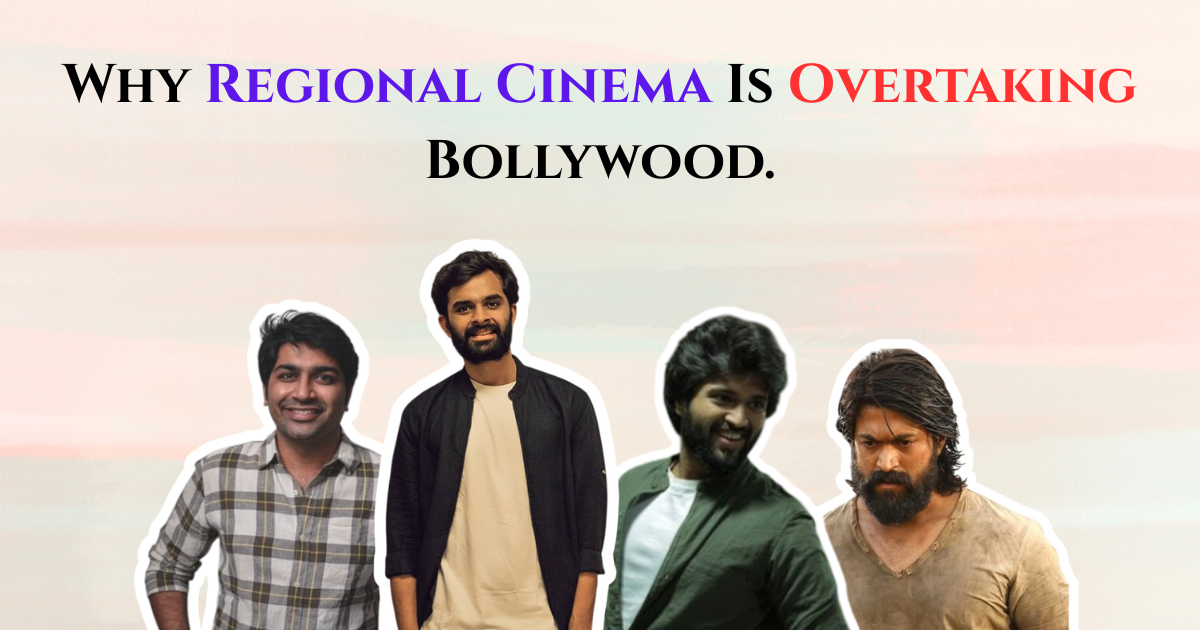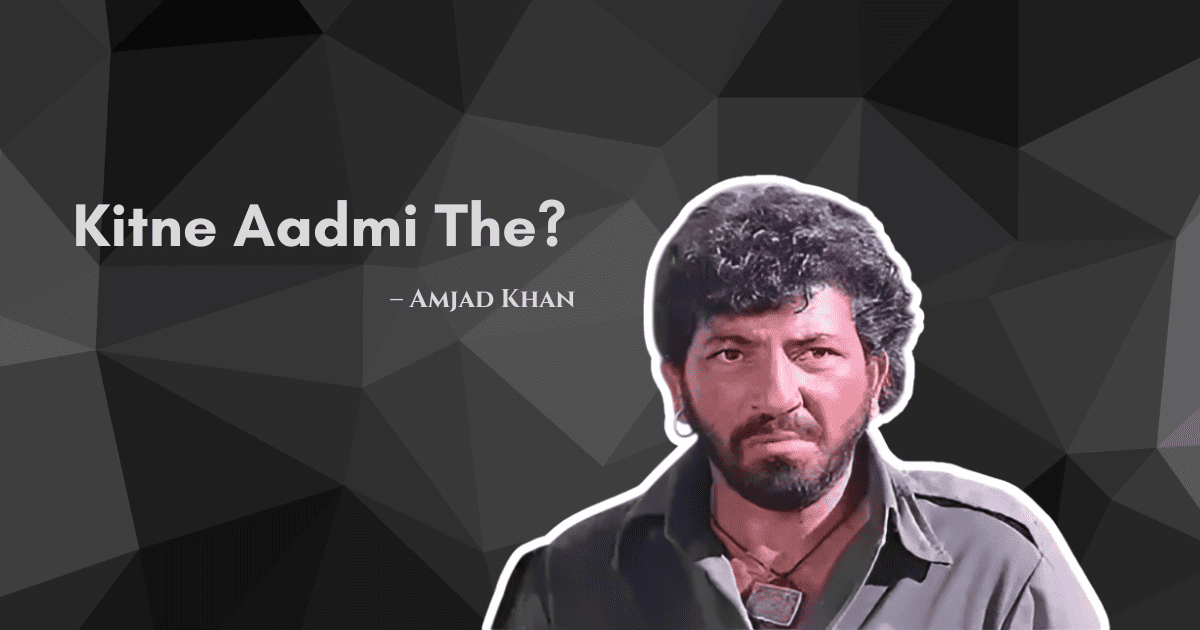Explore why regional cinema like Gujarati, Marathi, Telugu, and Malayalam industries are overtaking Bollywood with better storytelling, authenticity, and local pride.
Introduction
Bollywood has long been seen as the face of Indian cinema. However, in recent years, regional cinema industries have begun to outshine it in many ways. Industries like Telugu, Tamil, Malayalam, Marathi, Bengali, and even Gujarati cinema are creating waves with content that is fresh, rooted, and highly relatable. So why is regional cinema starting to dominate the Indian film space and pushing Bollywood to rethink its strategies? Let’s dive deep into this changing landscape.
Authentic Storytelling Wins the Audience
One major reason regional cinema is thriving is its strong connection to authentic stories. Films from Malayalam and Marathi industries often explore simple, real-life stories with emotional depth, unlike the glamorized, formula-driven approach Bollywood frequently adopts. Audiences today crave narratives that feel genuine and emotionally resonant, and regional filmmakers are delivering just that.
Cultural Pride and Local Flavor
Audiences now want to see their language, traditions, and culture reflected on the big screen. Regional cinema celebrates its roots without feeling the need to imitate Western or pan-Indian styles. Gujarati cinema, for example, has seen a revival with films like “Chhello Divas” and “Hellaro,” which deeply resonate with local audiences. Similarly, Marathi cinema has earned respect with masterpieces like “Sairat” and “Court,” rooted deeply in Maharashtrian culture.
Rise of Pan-India Stars and Directors
Regional industries have produced stars who now enjoy national and even international fame. Actors like Allu Arjun, Yash, Vijay Deverakonda, and directors like S S Rajamouli have shown that massive success does not have to be tied to Bollywood. Films like “Baahubali,” “RRR,” “KGF,” and “Pushpa” have proven that a well-made regional film can break linguistic and cultural barriers across India.
High Production Quality and Innovative Storytelling
Gone are the days when regional films were associated with low budgets or technical flaws. Today, industries like Telugu and Malayalam cinema offer films with world-class cinematography, editing, music, and storytelling. Films like “Drishyam,” originally Malayalam, showcased how strong scripts and direction can triumph over mere star power.
Bollywood’s Repetitive Content and Disconnect
One major reason Bollywood is losing ground is its over-reliance on remakes, sequels, and a few privileged families. Many recent Bollywood films have been criticized for lacking originality and promoting outdated narratives. Meanwhile, regional cinemas are not afraid to experiment with new genres, social themes, and fresh faces, creating an exciting experience for viewers.
Streaming Platforms Boosting Regional Reach
The rise of OTT platforms like Netflix, Amazon Prime Video, and Hotstar has given regional films national and global visibility. Movies that were once limited to a few theatres in a specific state are now watched across the world with subtitles. This exposure has helped regional industries grow rapidly and challenge Bollywood’s dominance.
Gujarati Cinema: The Silent Rising Force
Gujarati cinema deserves special mention. Once considered a struggling industry, it is now gaining national recognition with films rooted in local humor, folk culture, and real-life issues. Films like “Hellaro,” which won the National Film Award for Best Feature Film, and youth-driven hits like “Chhello Divas” are pulling crowds back into Gujarati theatres. The younger generation’s embrace of their language and culture through cinema is a trend Bollywood is struggling to replicate.
Changing Audience Mindset
Today’s audience is more open-minded and willing to watch films outside their language or comfort zone. With subtitles and dubbed versions easily available, language is no longer a barrier. Viewers prefer good content over star names, and regional industries are better positioned to offer fresh, meaningful cinema that Bollywood often overlooks.
Conclusion
Regional cinema is no longer in Bollywood’s shadow. It is setting new benchmarks in storytelling, technical excellence, and audience engagement. As the hunger for diverse, rooted, and emotionally honest cinema grows, the future of Indian entertainment looks more regional and colorful than ever before.










